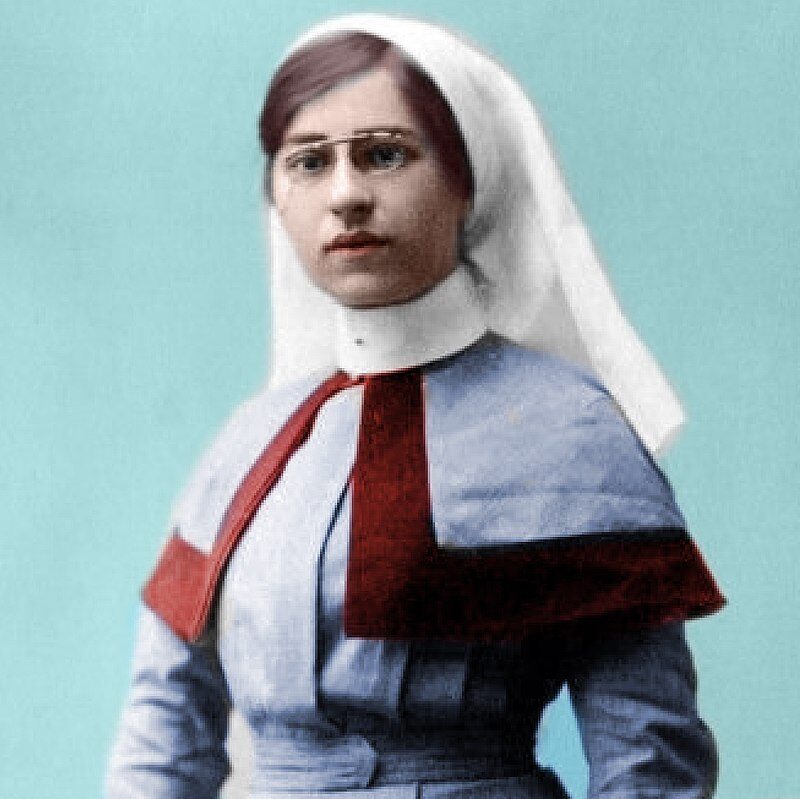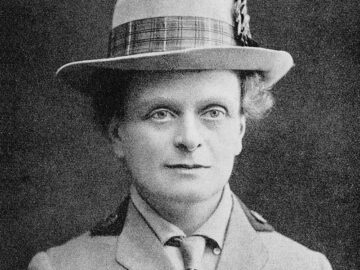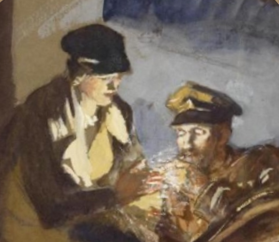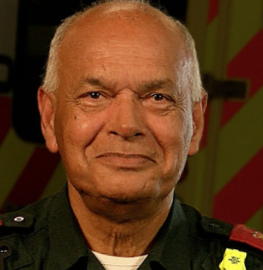Role: Queen Alexandra’s Imperial Military Nursing Service (QAIMNS)

Nellie Spindler was born in Wakefield, Yorkshire. Her father was a police sergeant, and later inspector, in Wakefield City Police.
Spindler entered nursing in 1911 at the City Fever Hospital, Wakefield and trained at Leeds Township Infirmary from 1912 to 1915. She joined the Queen Alexandra’s Imperial Military Nursing Service (QAIMNS) in October 1915. To join the Queen Alexandra’s Imperial Military Nursing Service it was necessary to be single or recently widowed, to have completed a three-year training course in a hospital approved by the War Office and to be over 25 years old; Spindler was only 24 at the time she signed up. On her application form, she said her year of birth was 1889 rather than 1891. It is possible that this was a mistake, but she may have concealed her true age so she would appear to be old enough to serve
In May 1917, she travelled to France and worked in No. 2 General Hospital at Le Havre in the Somme before being transferred to No. 44 Casualty Clearing Station (CCS) which moved to Brandhoek, Belgium, in July 1917. This CCS specialised in abdominal, chest and thigh wounds which needed urgent treatment and so was stationed relatively close to the front line. Though about seven miles from the frontlines, Brandhoek was within range of the larger German guns, and with its railway sidings and munitions dumps was the target of frequent German shelling.
On 21 August 1917, the CCS was bombarded and at 11.00am Spindler was hit by an exploding shell along with four other nurses who were concussed. She died 20 minutes later in the arms of Sister Minnie Wood, the sister-in-charge. In a letter home, Sister Kate Luard recalled:
“Bits came over everywhere, pitching at one’s feet as we rushed to the scene. A group of stricken MOs were standing about and in one tent the sister was dying. The piece went through her from back to front near her heart. She was only conscious for a few minutes and only lived 20 minutes. She was in bed asleep. It all made one feel sick.”
She is one of only two British female casualties of World War I buried in Belgium and the only woman buried among more than 10,000 men at Lijssenthoek Military Cemetery.





